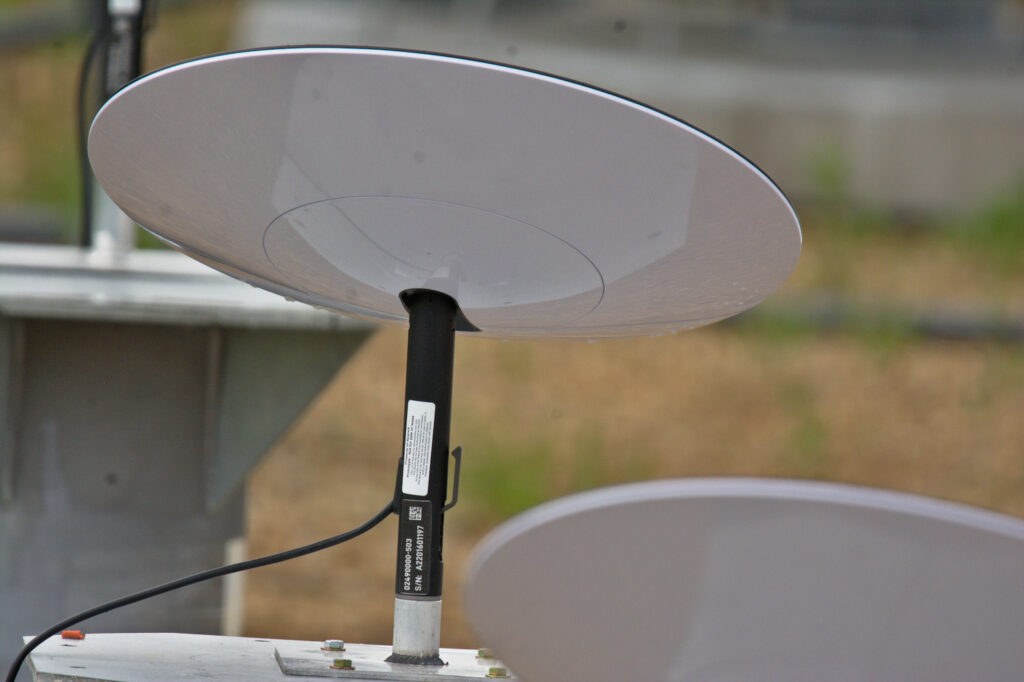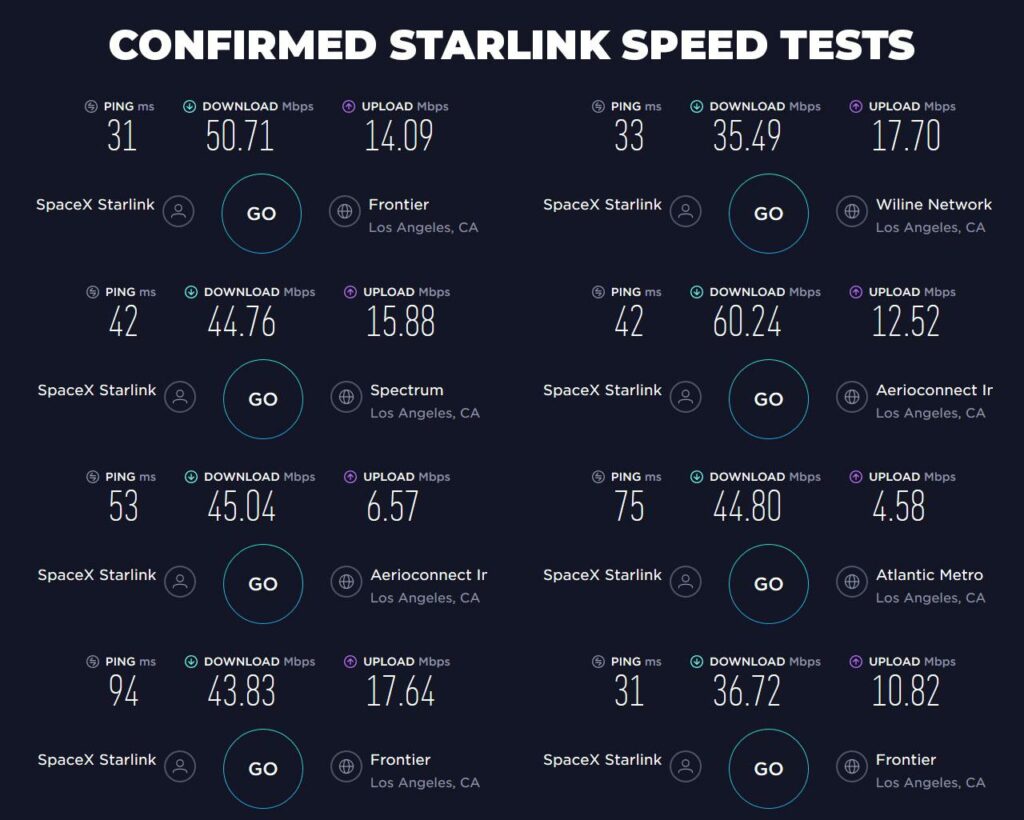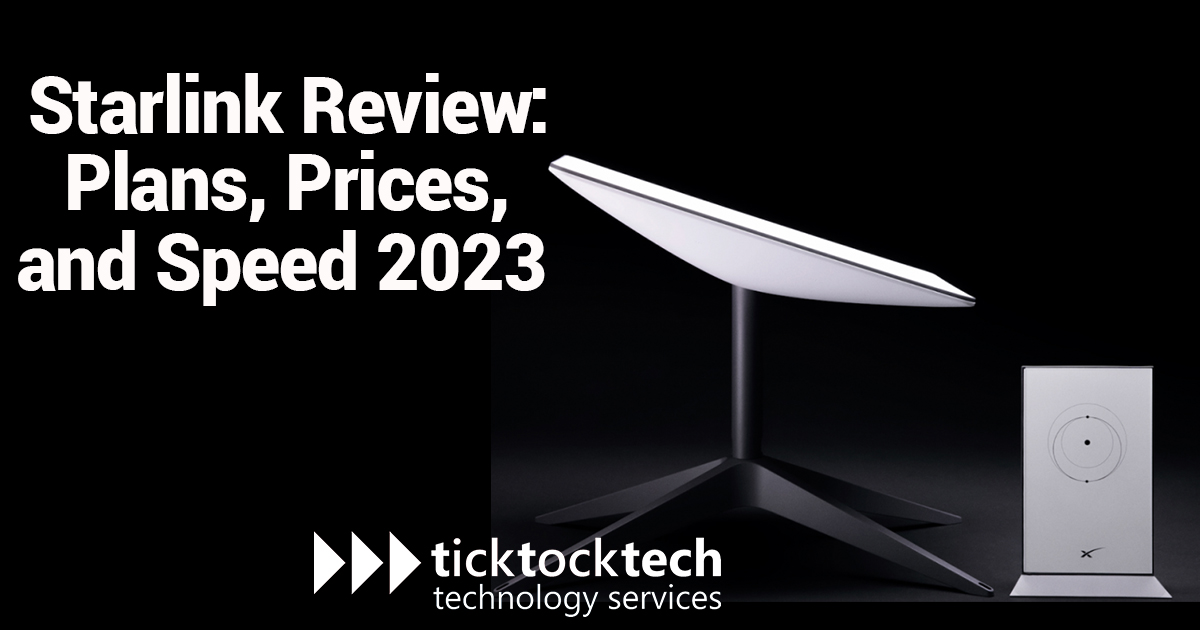Starlink is unarguably one of the most sorted-after internet and network routing device. Not just a router, but a satellite on its own as it connects directly to space instead of a mast like in the local network providers. Elon Musk’s privately owned space exploration company, SpaceX, designed and runs the satellite-based internet constellation system called Starlink with good review from users.
Starlink: Brief History
The first two prototype satellites were launched in 2018, and the idea was first introduced in 2015. In order to eventually have thousands of Starlink satellites in orbit, SpaceX has proceeded to launch more and more of them after the initial prototype launch. By the mid of 2023, the business will have already launched more than 1,000 Starlink satellites. Once a country is granted access, some of the space X satellites grant access.

This access is to anyone that lives in the country and has purchased the Starlink antenna to connect directly to the satellite in space. It will work from everywhere in such a country, yes, even in the deepest bush, you’ll get a good Mbps. Just in case you haven’t (or considering) joined over a million starlink active subscribers worldwide, this is for you. Here are all the details and reviews you need before you jump on the wagon. This includes how it works, the price of procurement, the plans available, and the speed you get.
Starlink: How it Works
Starlink literally provides internet service and connections directly from space satellites. They use internet satellite technology instead of employing the widely known cable technology like fiber. A satellite system basically sends radio signals across space, ground stations provide signals to satellites in space which then connect together and transfer data to starlink terminals at your home. These ground stations often referred to as gateway stations, are dispersed throughout the globe.

They can communicate with the Starlink satellites in orbit thanks to their enormous parabolic antennas. The hardware and software required to control traffic between the satellites and the user terminals are also included in the ground stations. This working mechanism creates low latency internet which refers to an internet connection that has a very short delay or lag time between the sending and receiving of data packets. The satellites weigh less than 500Kg and orbit at 1105 to 130 times the height of geostationary orbits which provides a more feasible earth to satellite latency of 25ms to 35ms
There are other providers of low-latency internet, however, starlink has a large number of satellites orbiting quite close to Earth. In order to reduce reliance on ground stations, these numerous satellites have laser communication routes that enable signals to be transferred between them. Phased array antennas are used to bring the transmission to the earth’s surface via ground-based terminals.

These terminals are placed under the view of the sky. A moving starlink satellite that is passing overhead makes a connection with the user antenna, which then links them to the adjacent gateway. Customers must therefore have a ground station 500 miles away from their location in addition to their own antenna in order to receive service.
Starlink Procurement Price and Plans
Although not available everywhere, if your country qualifies, it’s a good alternative to any local network. Currently, the monthly cost of Starlink internet service is $99, with the user terminal, mounting tripod, and router having an upfront cost of $499. In order to interact with the Starlink satellites in orbit, the user terminal—a tiny dish antenna—is deployed at the user’s location.

Starlink does not require a lengthy contract, and cancellations are free of charge at any time. Even if the service is discontinued, the initial equipment purchase is non-refundable.
Starlink internet Speed Reviews
Internet speeds on Starlink review can vary depending on a number of variables, including the number of users on the network, the weather, and the location of the user terminal because the service is still in experimental testing. Starlink, on the other hand, boasts stated speeds of up to 150 Mbps and low latency, making it appropriate for tasks like online gaming, video conferencing, and streaming high-definition video.

However, there are many speeds from users around the world cities, and even in Nigeria, there are reviews of the speed of up to 200Mbps, and up to 90Mbps in remote villages. In the Philippine, the speed of more than 100Mbps while in the US, it’s between 50 – 150Mbps due to more users sharing 32 ground stations. Even in Ukraine, the device is used for perfect communication and aid with their internet and electronic operation in trenches.
The ground station mechanism is however in review so all user antennae will connect directly as the gateway to the satellite without the aid of ground stations. Aside from it being expensive, you’ll experience a wide and very noticeable difference in the network speed compared to the conventional fiber networks. Though 5G is considered to have wider reach as a conventional fiber network, Starlink delivers lower latency and can access undeserved areas that 5G cannot, despite the fact that 5G has the ability to reach speeds of up to 1 Gbps and is already accessible in many cities across the world.

